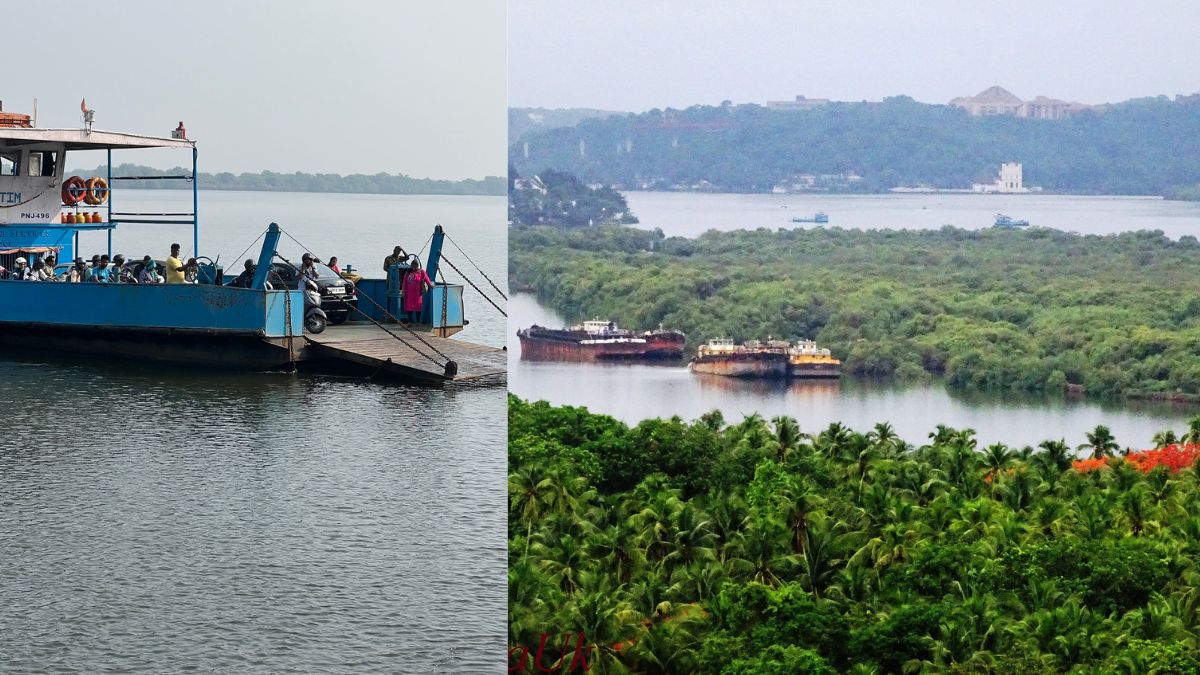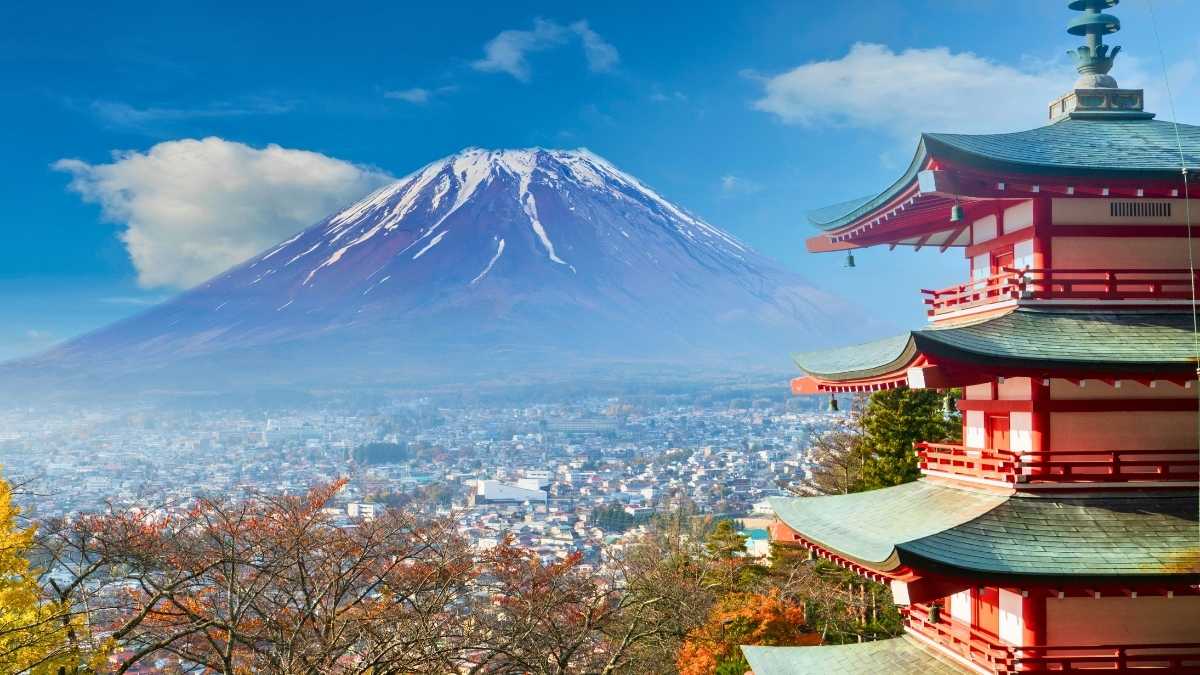While most of the population relates Goa with vibrant nightlife, beach parties, and a lively atmosphere, it is much more than just a party destination. Goa boasts a multifaceted personality that extends beyond the pulsating beats of its dance floors. It is a place where tranquillity and serenity coexist harmoniously. It’s how and where you look. Amidst this lively tapestry, there exists a serene oasis that offers a respite from the bustling tourist hubs – Divar Island.
A Ferry Tale: The Journey to Divar Island

When you step off the ferry from Old Goa or San Pedro onto the gorgeous small riverine Divar Island, you have the unmistakable impression that you have entered a land that time has forgotten. The island, surrounded by marshy waterways and crisscrossed with sleepy single-lane roads, provides for a delightful, slow tour.
On a walking tour with Goa’s Make It Happen, my guide tells how the island of Divar was formerly a popular pilgrimage destination for Hindus. That was before the Portuguese arrived and brought Christianity with them. Now, only architectural relics are left behind.
Stepping ashore, visitors are greeted by narrow winding lanes, old Portuguese houses, and traditional Goan dwellings that have withstood the test of time. It’s mind-boggling to think that Divar was once a town because as you descend from the ferry, it seems like you are travelling to nothingness. If I were to sum it up in a few words, I would say closed gates, old churches, wide vacant lush green spaces, crumbling old structures, Portuguese architecture, and clean, empty small roads.
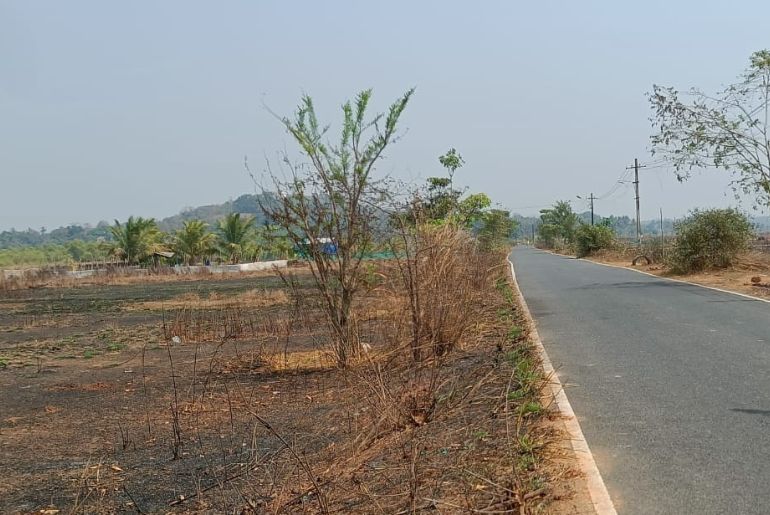
After a long while, I saw two people coming on a bike. Life prevails here as a silent witness to the island’s colonial past.
Old-World Charm & Heritage
The first stoppage at Divar Island was the chapel of Our Lady of Compassion, a white beauty that overlooked the Mandovi River. This hilltop church (also known as Our Lady of Piety) has a magnificent exterior and an appealingly modest interior. The ceiling is decorated with plain white plaster motifs, and the windows are situated well back into the walls, enabling only a weak light to enter the church. South of the cathedral, one may also observe the remnants of a few Kadamba-era buildings.
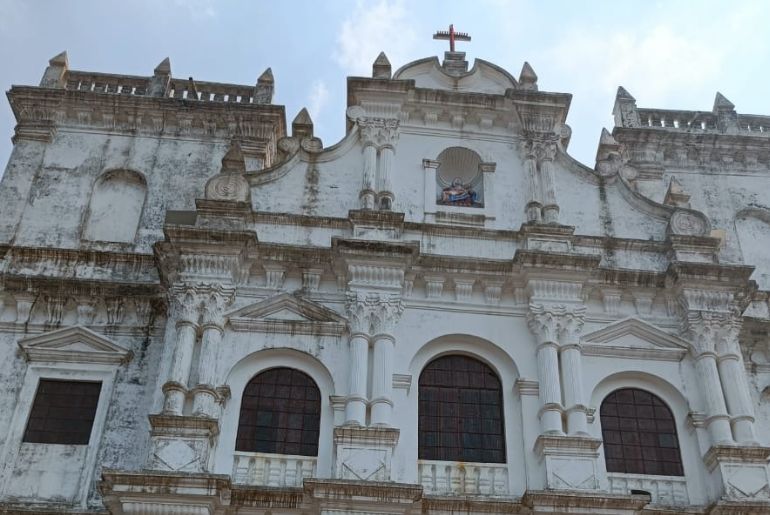
Another prominent church was St. Mathias Church, a centuries-old whitewashed structure built in the early 18th century. Unfortunately, the church was closed at the time and couldn’t enjoy the interiors. But I couldn’t help but notice an antique bell dangling from the roof. It was fascinating to see how the church authorities had managed to keep it up to this day.
Another historic site that you can add to your itinerary is Koti Tirtha Tali. This is the site that discusses Divar Island’s Hindu past. The 108 temples that make up the Shree Saptakoteshwar pilgrimage, which dates back to the 12th century, are thought to be the holiest shrines of the Kadamba dynasty. The Deccan Sultan demolished it in the middle of the 14th century, the locals reconstructed it in the latter half of the same century, and the Portuguese damaged it once more in the 15th century.
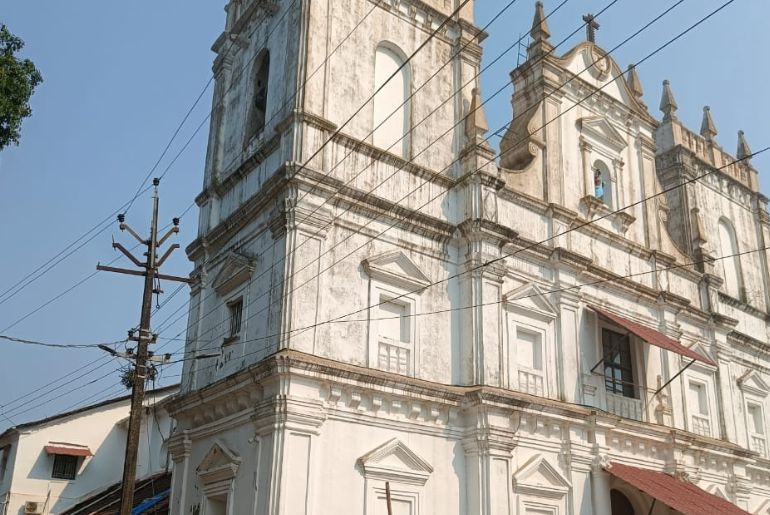
The wall carvings in this pond provide a tiny look into the architecture of the temples that formerly stood here, which are thought to have been among the best in all of India. In observance of its heritage, people continue to light diyas on festive days like Saraswati Visarjan and Dussehra.
Simple Pleasures & Slow Living

Life comes to a halt at Divar, whether it’s on the narrow roads that wind between the colourful cute cottages and huts, on the lake with a lonely boat floating still, or on the gorgeous architecture and fascinating ruins. The only thing I did here was meander around the island, covering practically all of the roads visible and soaking in the flavour of the place in a day’s trip. You’ll find small huts in ruins surrounded by greenery and shrubbery, with friendly canines running around. As I approached the more populated areas, the bright Portuguese cottages felt like a warm hug.
The island’s tranquil lifestyle is mirrored in its culinary scene. Farm-to-table living is not just a trend here; it’s a way of life. Meals are not just a necessity but a celebration of local flavours and the abundance of nature. As part of the walking tour, I dined in one of the locals’ houses on the island. No exploration is complete without savouring the local cuisine, and Divar Island does not disappoint. From the spicy vindaloo to the savoury fish curry rice, every bite is a journey into the heart of Goan flavours.
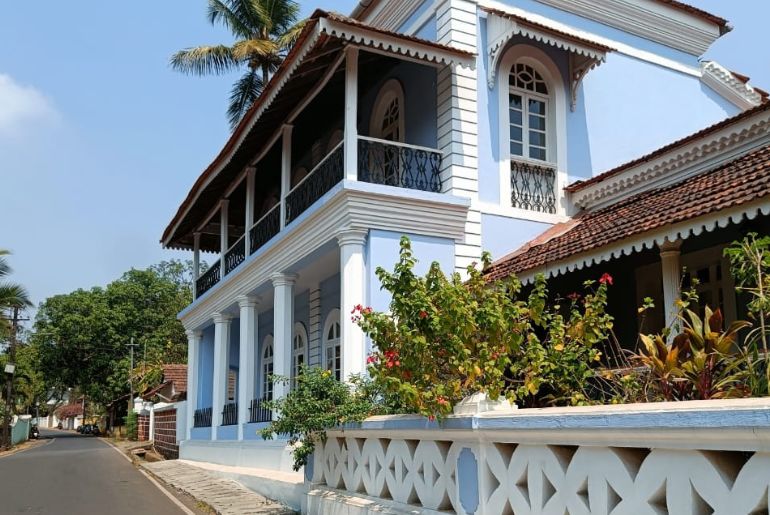
Life on Divar Island is a celebration of simple pleasures. Residents find solace in meandering walks through the island’s countryside. There’s an innate joy in pausing to appreciate the vibrant hues of a sunset or the delicate fragrance of blooming flowers. In this unhurried environment, the emphasis is on being present at the moment and finding fulfilment in life’s uncomplicated joys.
So, when are you heading to this paradise?
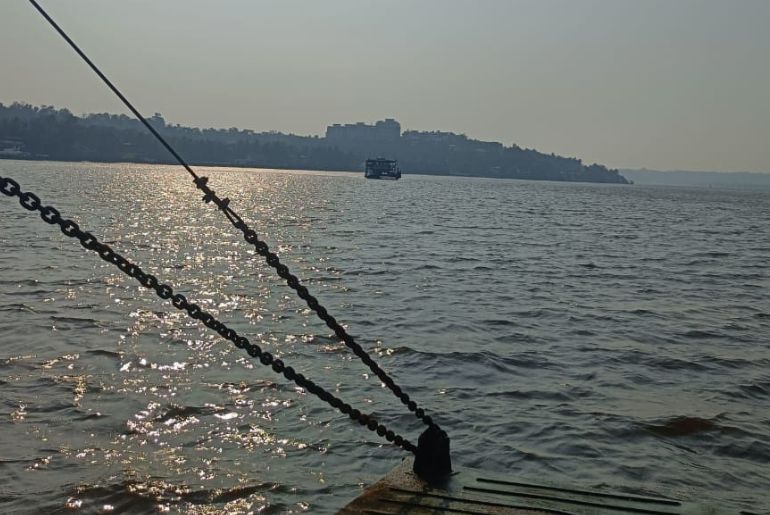
Cover image credits: Flickr
First Published: December 06, 2023 8:00 AM

